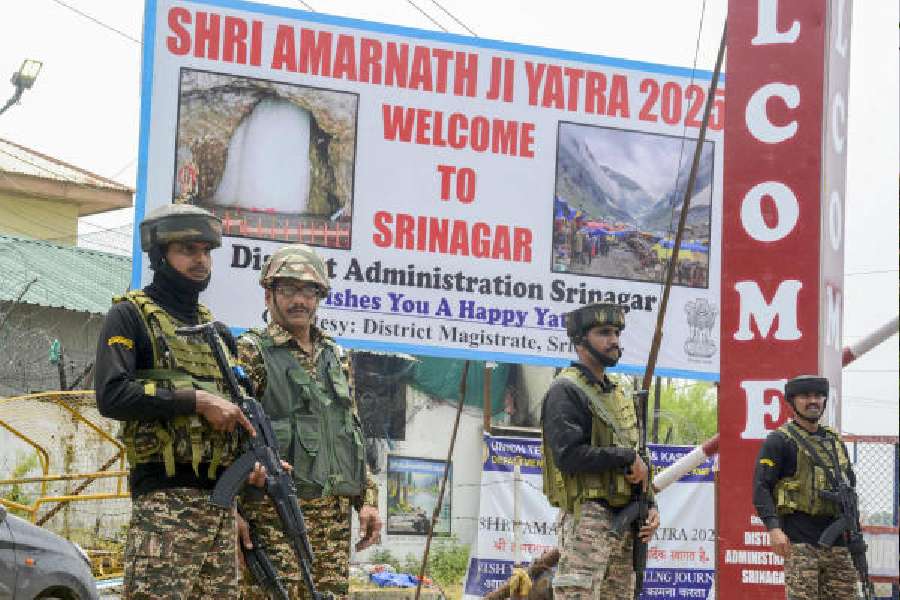.jpg)
Ranchi, Oct. 19: The state government today for the first time cogently explained how its proposed ordinances to amend existing tenancy land laws would benefit tribal land-owners individually and upgrade their quality of life as a whole, combating the Opposition's sustained campaign for months that claimed the changes, if enforced, would hurt the rights of original settlers.
Speaking for the first time as government spokesperson, personnel, administrative reforms and Rajbhasha principal secretary Nidhi Khare explained the proposed amendments of Chotanagpur Tenancy (CNT) Act, 1908, and Santhal Pargana Tenancy (SPT) Act, 1949, section by section, to explain how raiyats (private land owners) could gain from developing or transferring their land to the government for non-agricultural use.
At the news meet to lay to rest yesterday's speculations fuelled by a section of the media that ordinances had come back rejected from President Pranab Mukherjee's table, Khare said the proposals had not reached him yet as they were still being examined by the home ministry.
"The Union home ministry is seeking the opinion of stakeholder ministries law, agriculture, water resources, surface transport, among others. The home ministry will collect the opinions and send them to the Prime Minister's Office (PMO). The documents will go to Rashtrapati Bhavan only with the PMO's approval," Khare said, adding all ministries had not replied yet.
Taking up each of the four proposed amendments one by one, Khare then explained why tribals owning land under tenancy laws had nothing to fear, an apprehension that has been voiced by Opposition parties.
On May 3, the Raghubar Das cabinet resolved to amend Sections 21, 49 and 71A of CNT Act and Section 13 of SPT Act through two separate ordinances, a move the Opposition and tribal groups had slammed as a ploy to dilute tribal land ownership by paving way for its commercial use.
On the contrary, Khare explained, the proposed amendments were devised to help.
Proposed amendments in Section 21 of the CNT and Section 13 of SPT, which were similar, would legally enable raiyats to use farmland in non-agricultural ways profitably without losing ownership, she said.
Land would stay non-transferable, but if the amendments came into force, the owner of say, a roadside farmland area under tenancy laws will be able to legally set up a dhaba or grocery shop or a marriage hall to earn more money, she said.
Under Section 49 of CNT Act, raiyats can only transfer land only for industries and mining with the consent of the DC concerned. But, if the amendments were enforced, they could transfer land for other vital services that require land to improve the quality of life such as rail, roads and irrigation projects, schools and colleges, hospitals, panchayat bhavans and anganwadi centres, Khare explained.
Raiyats would get back the land if it doesn't get used within five years from the date of transfer and get to keep the compensation sums too, she added.
She added Section 71A of the CNT Act refers to restoration of illegal transfer of tribal lands through Scheduled Area Regulatory (SAR) courts. In 1969, the erstwhile Bihar government had notified that irregular transfers could be regularised after compensating the original land-owner. "But, land mafia groups have often taken undue advantage of this provision. According to the state's proposed amendment, this provision will be declared null and void and land would be restored to original owner or legal heir within six months from the date the SAR court gives its verdict," she said.
Revenue and land reforms department secretary K.K. Soan said these amendment decisions were taken by the state cabinet on May 3 and the proposal was sent to Centre on June 28.

.jpg)








